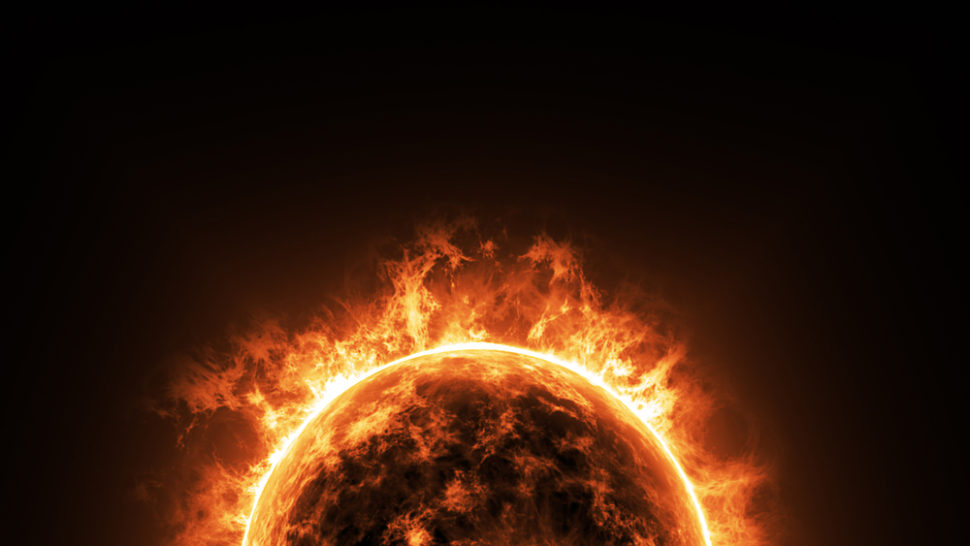Plasma is a fascinating state of matter that powers the fusion reactors inside stars, including our own Sun.
On Earth, scientists have been trying to harness the quasi-infinite energy of plasma for many years as a clean power source.
But plasma doesn’t come in a one-size-fits-all package.
There’s cold plasma, which can help us purify the air we breathe and eradicate airborne diseases. Then, there’s hot plasma.
The Sun’s Hot Plasma Recreated in Lab
Also called thermal plasma, hot plasma flows out from the Sun’s corona in all directions throughout the solar system as extremely hot jets of charged particles.
Luckily for us, Earth’s magnetic field deflects most of the solar wind that continually hits our atmosphere. Scientists call this phenomenon “bow shock” because it’s shaped like a shock wave.
Some charged particles, however, manage to get through the magnetic shield to reveal their presence in the glowing shows of auroras near Earth’s poles.
Still, a lot of the details of how exactly the Sun produces and ejects hot plasma remains a mystery. Because scientists can’t have access to the Sun’s center, they want to design artificial suns that allow them to perform up-close experiments.
Ethan Peterson, a graduate student at the Department of Physics, University of Wisconsin-Madison, led a team of physicists who recreated the “sun’s solar wind and plasma burps.”
“The solar wind is highly variable, but there are essentially two types: fast and slow,” explains Peterson. “Satellite missions have documented pretty well where the fast wind comes from. So we were trying to study specifically how the slow solar wind is generated and how it evolves as it travels toward Earth.”
The team built what they dubbed “The Big Red Ball,” a hollow sphere three meters (10 feet) in diameter. This mini-sun is fitted with a strong magnet that, along with an electric current, ionizes helium gas particles to create a spinning super-hot plasma.
Systems like this experimental lab-made sun will be another tool in the arsenal of scientists studying the physics of the Sun. It offers supplemental data to the ones gathered by satellites and probes like the Parker Solar Probe.
Satellites, for example, can detect the small and periodic ejections of hot plasma or “burps” that fuel the slow solar wind. But they can’t provide more as to what drives them.
With the Big Red Ball, the team was able to recreate similar burps and identify how they develop. So, the system serves more as a complement rather than a replacement. The researchers emphasized:
“Our work shows that laboratory experiments can also get at the fundamental physics of these processes. And because the Big Red Ball is now funded as a National User Facility, it says to the science community: If you want to study the physics of solar wind, you can do that here.”



















Comments (0)
Least Recent